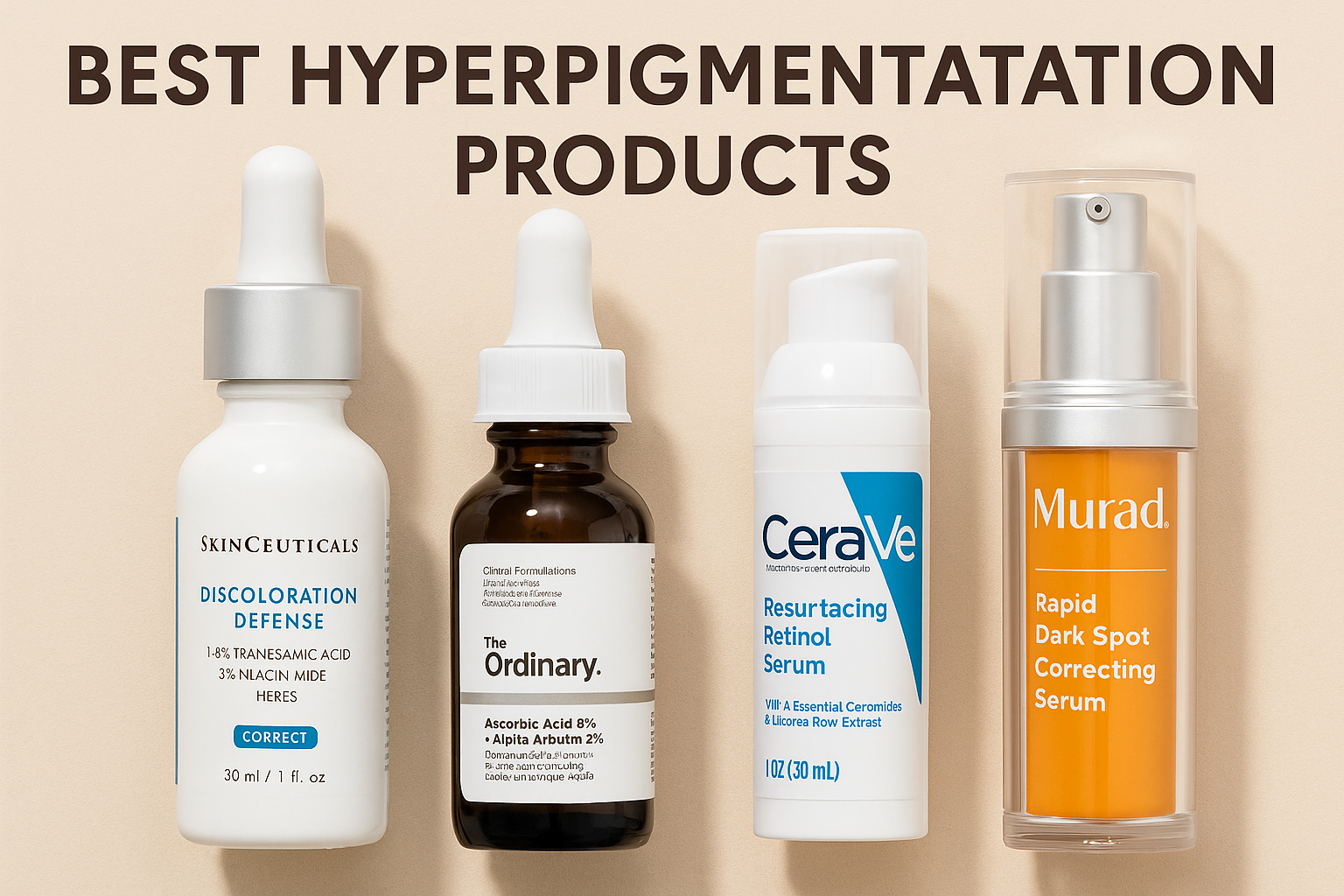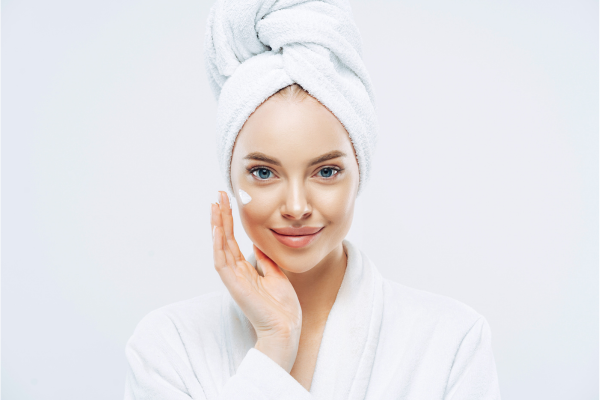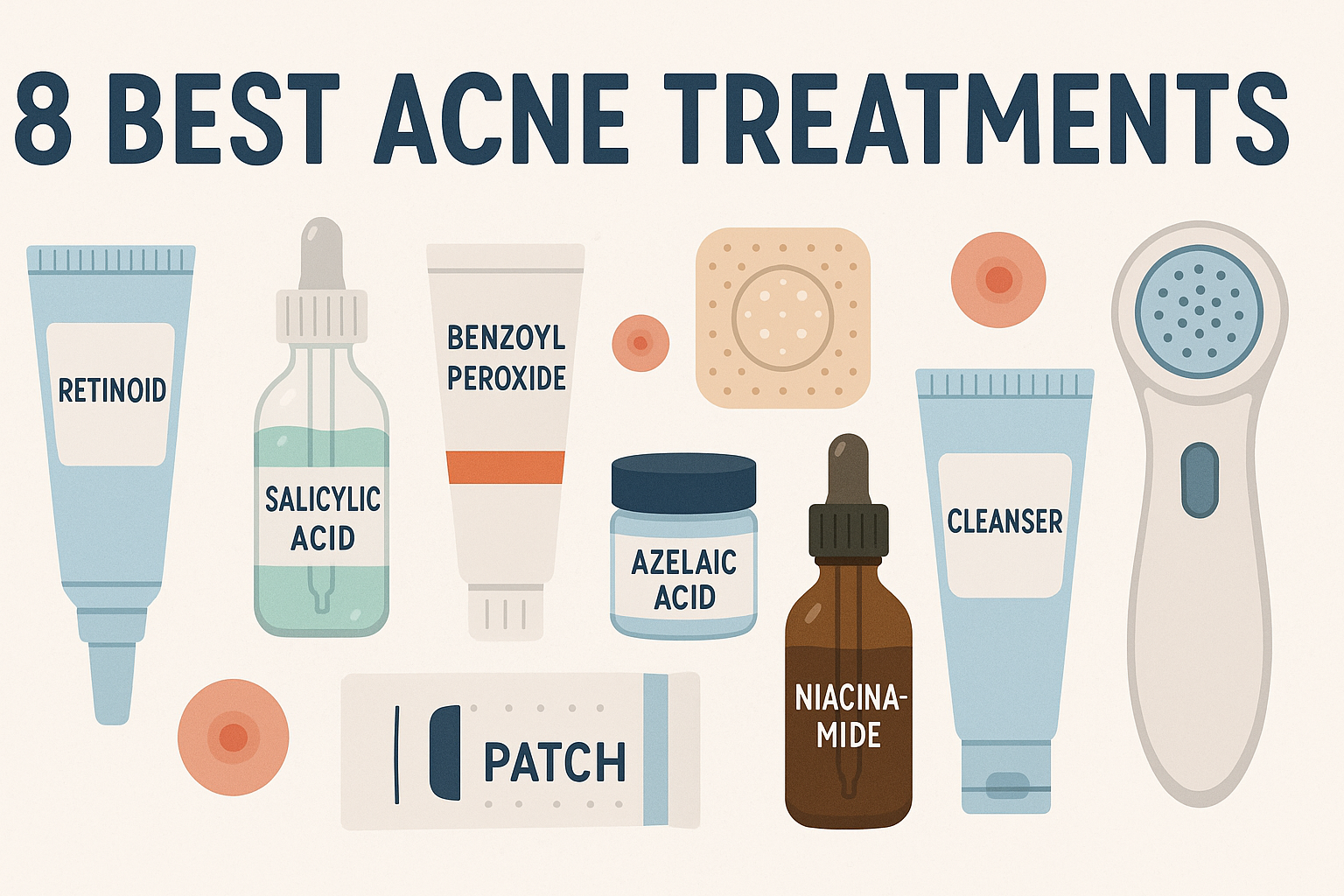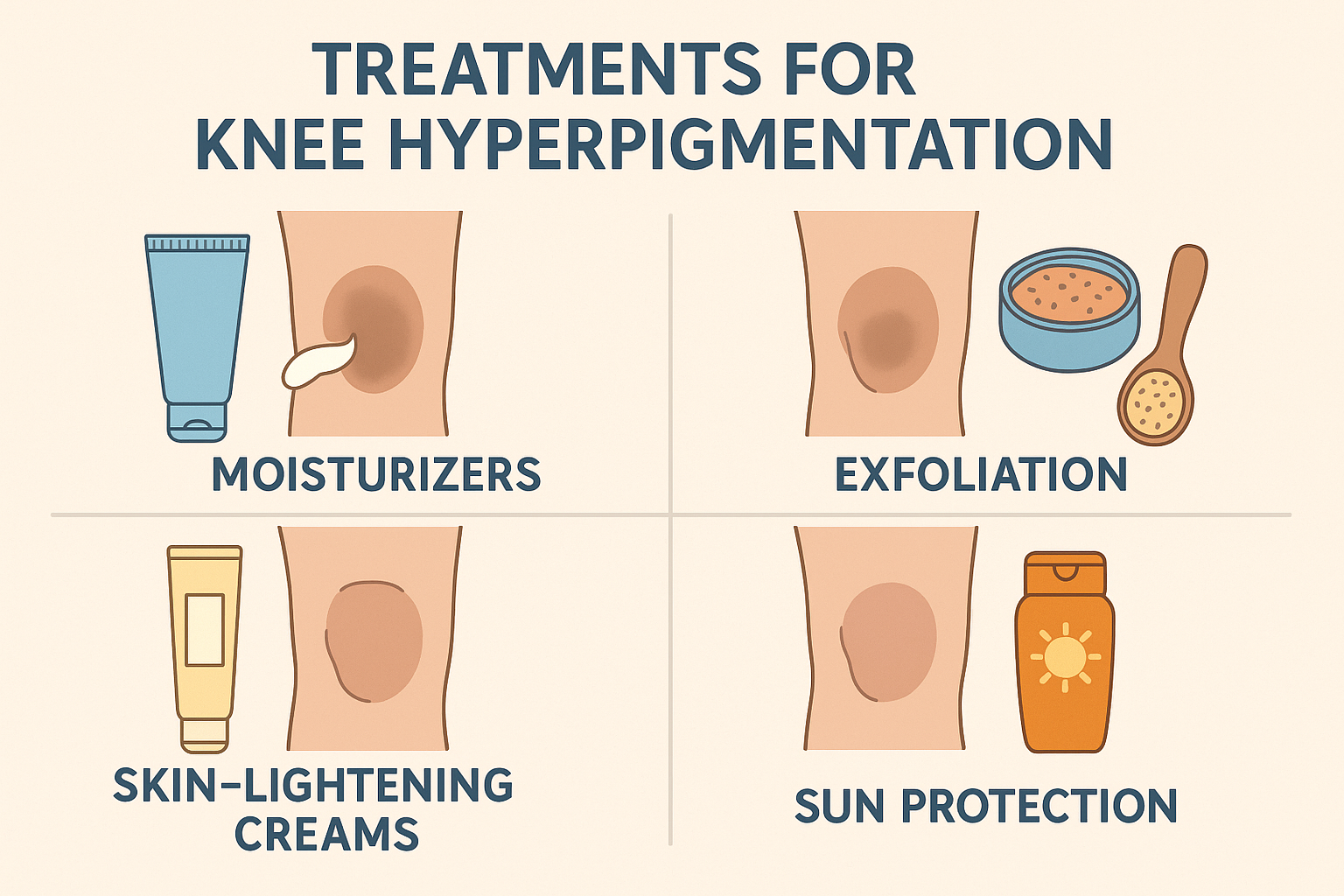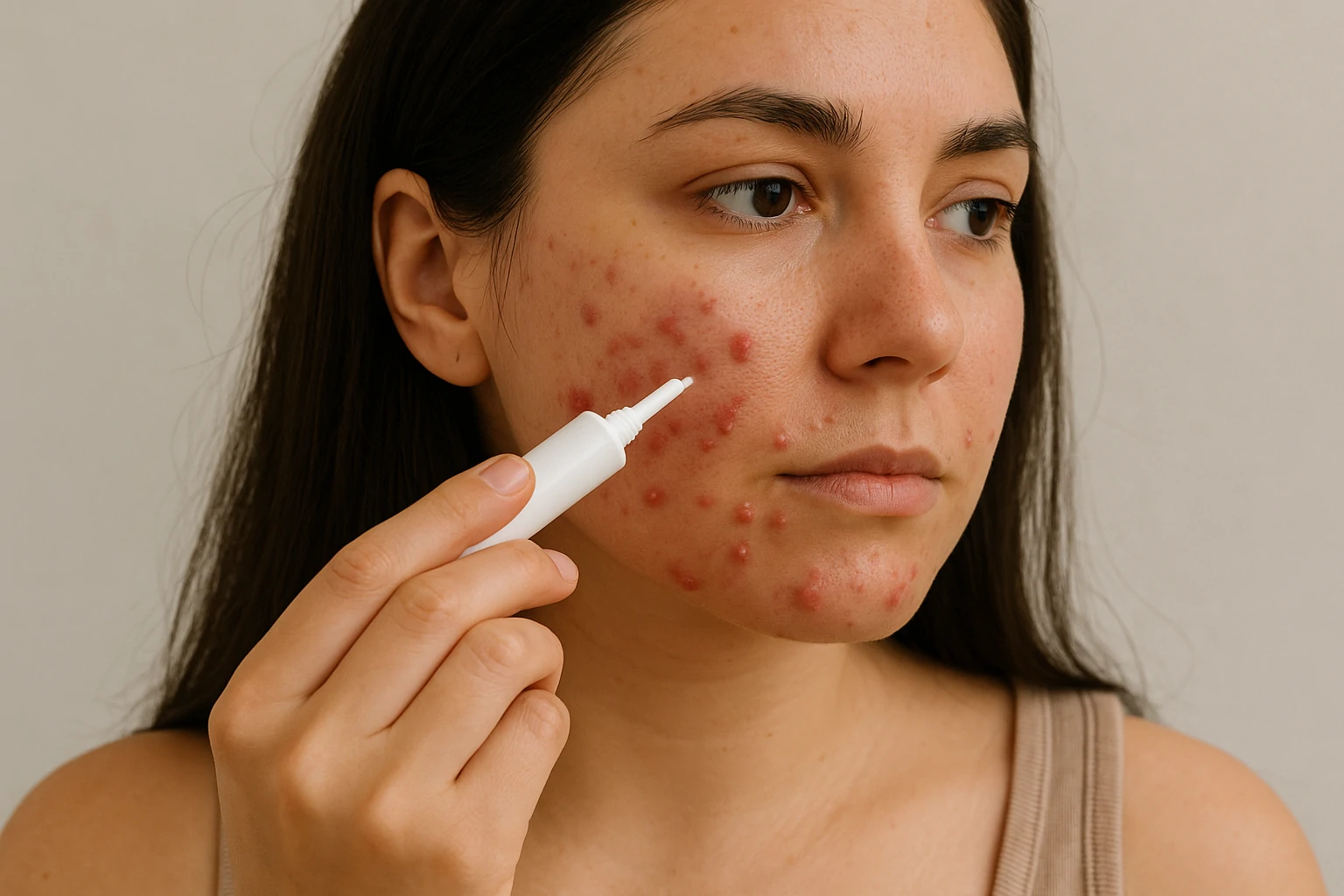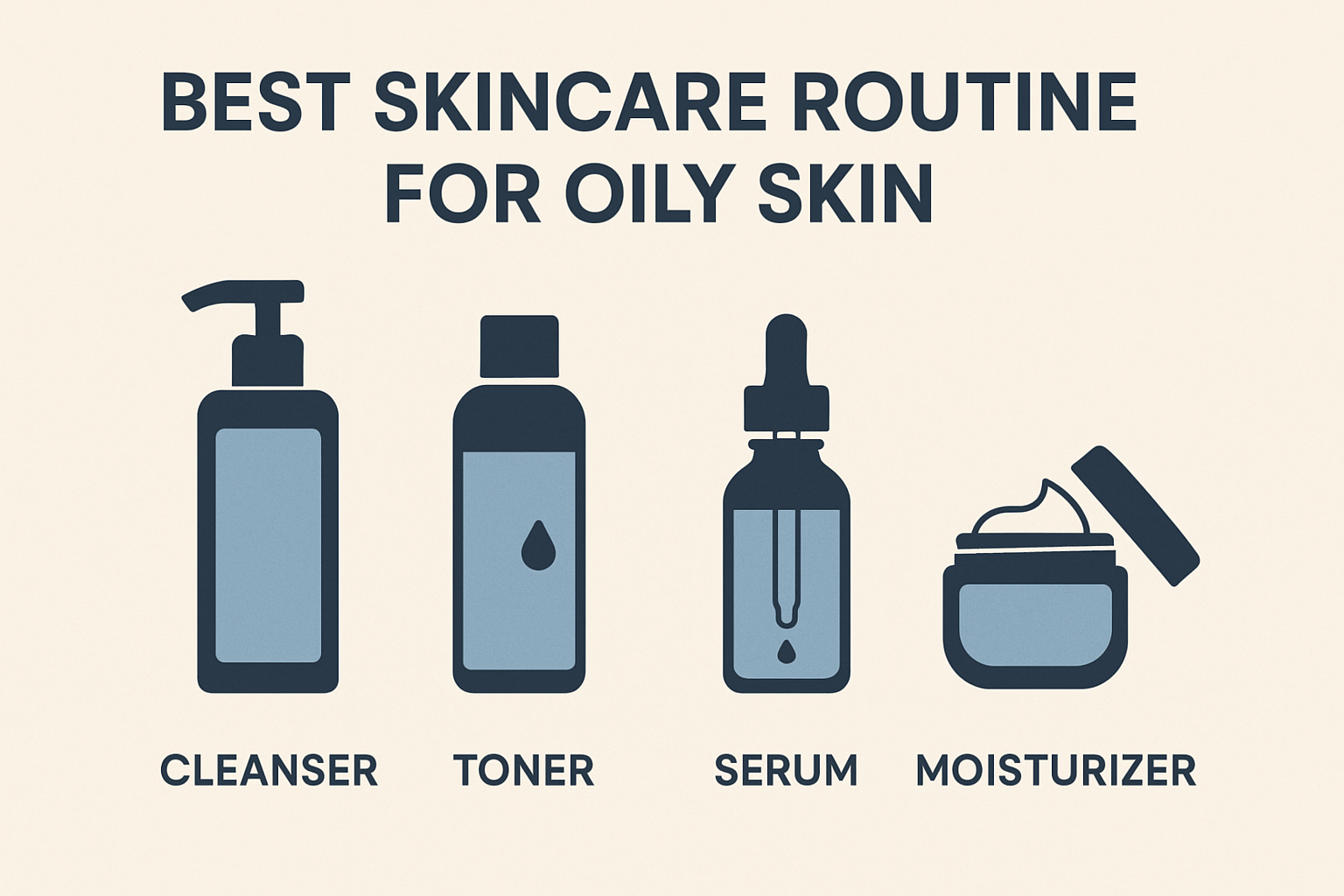Why Neck Lines Appear: Dermatologists Share Causes & Solutions

Neck wrinkles are often overlooked compared to the greater attention given to fine lines on the face. However, as we age, these wrinkles become a common concern for many people. Neck wrinkles, sometimes referred to as the “heart of the neck,” can develop due to various factors. Internal factors include genetics, which influence skin structure and elasticity. External factors include exposure to UV rays, pollution, and unhealthy habits such as smoking. Sun exposure can damage collagen and elastin—proteins that help keep the skin firm and elastic. Poor posture, such as prolonged slouching, can also worsen the appearance of neck wrinkles.
Fortunately, neck wrinkles can be prevented and managed through several steps. First, applying sunscreen regularly to the neck is just as important as using it on the face. Skincare products containing retinol and peptides can help stimulate collagen production and improve skin elasticity. Keeping the skin well-moisturized with the right products can also reduce the appearance of fine lines. Neck-targeted exercises and treatments can help tighten the skin and prevent wrinkle formation. In more advanced cases, medical procedures such as Botox or laser therapy may be used to improve the appearance of the neck.
What Are Neck Lines?
Neck lines are wrinkles or creases that appear on the skin of the neck, and they generally come in two main types. First, there are horizontal lines, which often look like folds or long lines across the neck. These are commonly referred to as “necklace lines,” as explained by board-certified plastic surgeon Dr. Jennifer Levine.
Horizontal lines form when the skin loses elasticity and collagen, causing it to fold or crease in the area. Second, there are vertical lines, which appear as bands or lines running down the neck. These usually develop over time due to habits like prolonged downward head movement or excessive sun exposure. Both types of neck lines are signs of aging, although their causes can range from genetics and age to daily habits.
What Causes Neck Lines?
Neck lines result from a combination of internal and external factors, according to board-certified dermatologist Dr. Marisa Garshick.
Internal factors include things we can’t control, such as genetics and the natural aging process. As we age, our bodies produce less collagen and elastin—proteins that keep skin firm and elastic. Over time, the skin becomes thinner and loses its ability to hold its shape, leading to wrinkles.
External factors, while more manageable, still play a major role in forming neck lines. UV exposure from sunlight breaks down collagen and elastin, speeding up the aging process. Smoking worsens this by reducing blood flow and oxygen to the skin, which accelerates wrinkle formation.
Another common cause is tech neck—a condition caused by constantly looking down at phones or screens. Dr. Garshick notes that this repeated motion leads to more prominent horizontal lines on the neck. In fact, Dr. Levine adds that more patients in their 20s are now experiencing neck lines due to this habit.
For vertical lines, unfortunately, prevention is more limited. As we age, the neck muscle called the platysma begins to loosen, and its edges become more prominent, leading to visible vertical bands in the neck.
How to Stop Neck Lines Before They Appear
To prevent neck lines, it’s essential to care for the often-overlooked area below the chin. Dr. Garshick recommends extending your skincare routine to include the neck, as it is just as vulnerable to external damage. The first step is to apply sunscreen daily to protect the skin from UV rays, which break down collagen and elastin and accelerate the formation of lines.
Keeping the neck moisturised is also key to preventing dryness and fine lines. Using retinoids or retinol can help stimulate collagen production and improve the appearance of fine lines. However, since neck skin is thinner and more sensitive than facial skin, Dr. Garshick advises using retinol on the neck only a few times per week unless your skin can tolerate more frequent use without irritation.
Best Treatments for Reducing Neck Lines
If neck lines have already formed, don’t worry—there are several ways to treat them and prevent new ones from appearing. Start by continuing your preventive skincare routine, including consistent use of sunscreen and moisturiser. Active ingredients like retinol or retinoids can help boost collagen, improve skin texture, and reduce the look of existing wrinkles.
Other treatment options include laser therapy or microneedling, which help stimulate deeper skin regeneration and improve the overall appearance of the neck.
It’s also important to address lifestyle habits that may be contributing to the problem—such as frequent screen time or too much sun exposure. Avoiding these triggers, along with maintaining proper skincare, can help minimise new lines and improve the appearance of existing ones.
Add Neck Cream to Your Routine
Adding a neck-specific cream to your skincare routine can be an easy and effective first step in caring for your neck. Dr. Garshick recommends choosing a product that contains proven anti-aging ingredients like retinoids, peptides, antioxidants, and growth factors. These ingredients help reduce neck lines by stimulating collagen and elastin, improving skin texture, and addressing other concerns like dark spots, dullness, and crepiness.
One recommended product is the No7 Restore & Renew Face & Neck Multi Action Serum, which contains a blend of peptides, ceramides, and hyaluronic acid to smooth fine lines, hydrate, and firm the neck. Another great option is IT Cosmetics Confidence In a Neck Cream, known for targeting horizontal neck lines, improving elasticity, and smoothing the skin.
Using a dedicated neck cream regularly provides more focused care for this area and can help prevent and reduce the appearance of neck lines over time.
Try an At-Home Skincare Device
Using at-home skincare tools can be an effective alternative for treating neck lines. Dr. Garshick recommends the Solawave 4-in-1 Radiant Renewal Skincare Wand, which combines microcurrent technology, LED light therapy, massage, and therapeutic warmth. This device is designed to lift and firm the skin and is easy to use along the contours of the face and neck. Microcurrent, in particular, helps stimulate facial and neck muscles, giving a naturally lifted appearance.
Another popular option is the NuFace Trinity Facial Toning Device, which uses low-level electrical currents to stimulate collagen and elastin production. With consistent use, it can help tighten skin, reduce fine lines, and improve the appearance of wrinkles—including those on the neck. These tools offer a convenient and efficient way to care for your skin without the need for clinic visits.
Botox
If at-home treatments aren’t delivering the results you want, in-office procedures can offer more intensive results. Dr. Levine suggests using neuromodulator injections such as Botox to treat vertical neck lines. Botox works by relaxing the muscles in the neck area, reducing the tension that pulls the skin downward and causes visible lines.
However, Botox is not a permanent solution. To maintain the effects, 25–35 units are typically required every 3–4 months. While the treatment is effective at smoothing wrinkles, its results are temporary and require regular upkeep.
Biostimulatory Fillers
In addition to Botox, another injectable option is biostimulatory fillers like Radiesse or Sculptra. Dr. Levine explains that these fillers work by stimulating the body to naturally produce more collagen and elastin. This leads to firmer, more elastic skin over time. These fillers offer longer-lasting results than some other treatments, as they help rebuild the skin from within.
Although results are not immediate like Botox, biostimulatory fillers deliver gradual, effective improvements in reducing wrinkles, including neck lines. Still, like most cosmetic treatments, they are not permanent and require maintenance for sustained results.
Ultrasound Energy Treatments
Ultrasound-based treatments are a non-invasive and effective way to lift and tighten skin, especially around the neck. One recommended option is Ultherapy, which uses ultrasound energy to target deeper layers of the skin and muscle. This energy stimulates collagen and elastin production—essential proteins for firm, youthful skin. While results aren’t immediate, they typically become more visible around three months after treatment as collagen regeneration takes time.
Another similar technology is Sofwave, which uses ultrasound to heat the skin approximately 1.5 mm below the surface without damaging the outer layer. This helps tighten skin and reduce wrinkles in a safe and effective way. According to Dr. Blair Murphy-Rose, Sofwave is FDA-approved and offers faster results with minimal downtime compared to other methods.
Dermal Filler
Hyaluronic acid-based dermal fillers are another effective option for filling and smoothing neck lines, especially horizontal lines caused by habits like looking down at your phone—commonly known as “tech neck.” Hyaluronic acid is a natural substance that draws and retains moisture, helping to restore volume in areas of skin that have lost elasticity.
Dr. Stacey Tull notes that dermal fillers are generally comfortable to receive and can provide longer-lasting results than Botox. While Botox relaxes muscles, fillers work by physically filling in lines for a smoother, firmer appearance.
Results from dermal fillers can last up to one year, compared to Botox, which typically requires touch-ups every 3–4 months. Although not permanent, dermal fillers are a great long-lasting option for treating neck lines without undergoing invasive procedures.
Microneedling With Radiofrequency
Microneedling with radiofrequency (RF) is a highly effective and gentle treatment that boosts collagen production, which is crucial for reducing or preventing neck lines.1Ablon G. Safety and Effectiveness of an Automated Microneedling Device in Improving the Signs of Aging Skin. J Clin Aesthet Dermatol. 2018 Aug;11(8):29-34. This procedure uses tiny needles to create micro-injuries in the skin, triggering the body’s natural healing response. When combined with RF energy, the treatment penetrates deeper layers of the skin, encouraging more collagen and elastin production—key elements for firm and youthful skin.
This treatment goes deeper than standard at-home microneedling. The RF energy heats the dermis layer without harming the skin’s surface, improving skin structure, reducing wrinkles, and smoothing skin texture, including neck lines.
Due to the professional equipment and precision required, RF microneedling must be performed in a clinic or by a licensed medical professional to ensure both safety and effectiveness.
When to See a Professional
If you’re starting to feel concerned about the appearance of neck lines or changes in your neck skin, it’s a good idea to consult a dermatologist or medical professional. Dr. Garshick and Dr. Levine both recommend early treatment, as it’s easier to manage skin issues before they become more severe. The earlier a problem is identified and treated, the better the potential outcome.
A dermatologist can help determine the cause of your neck lines—whether it’s due to aging, sun exposure, or habits like looking down at a phone (tech neck). Based on this assessment, they can suggest the most suitable treatments, which may include topical products, professional procedures, or a combination of both.
Early intervention is key to preventing fine lines and wrinkles from becoming deeper or permanent. So if you’re concerned about emerging neck lines, don’t hesitate to seek expert advice to preserve the health and appearance of your neck skin.
Conclusion
In conclusion, neck lines are a normal and natural part of aging, often caused by environmental factors and habits like looking down frequently. However, if you want to prevent or reduce them, there are many effective strategies available. Giving your neck the same level of care as your face is essential—this includes regular sunscreen use, moisturising, and applying ingredients like retinoids to boost elasticity and hydration. Skincare tools can also help stimulate collagen and improve skin texture.
For more visible results, professional treatments like Botox or Ultherapy are worth considering. Botox relaxes the muscles, while Ultherapy uses ultrasound energy to lift the skin and stimulate collagen production. These treatments offer longer-lasting improvements but should always be done under medical guidance.
With so many options available, you can choose the treatment that best suits your skin type and goals, helping you maintain a youthful and healthy-looking neck.
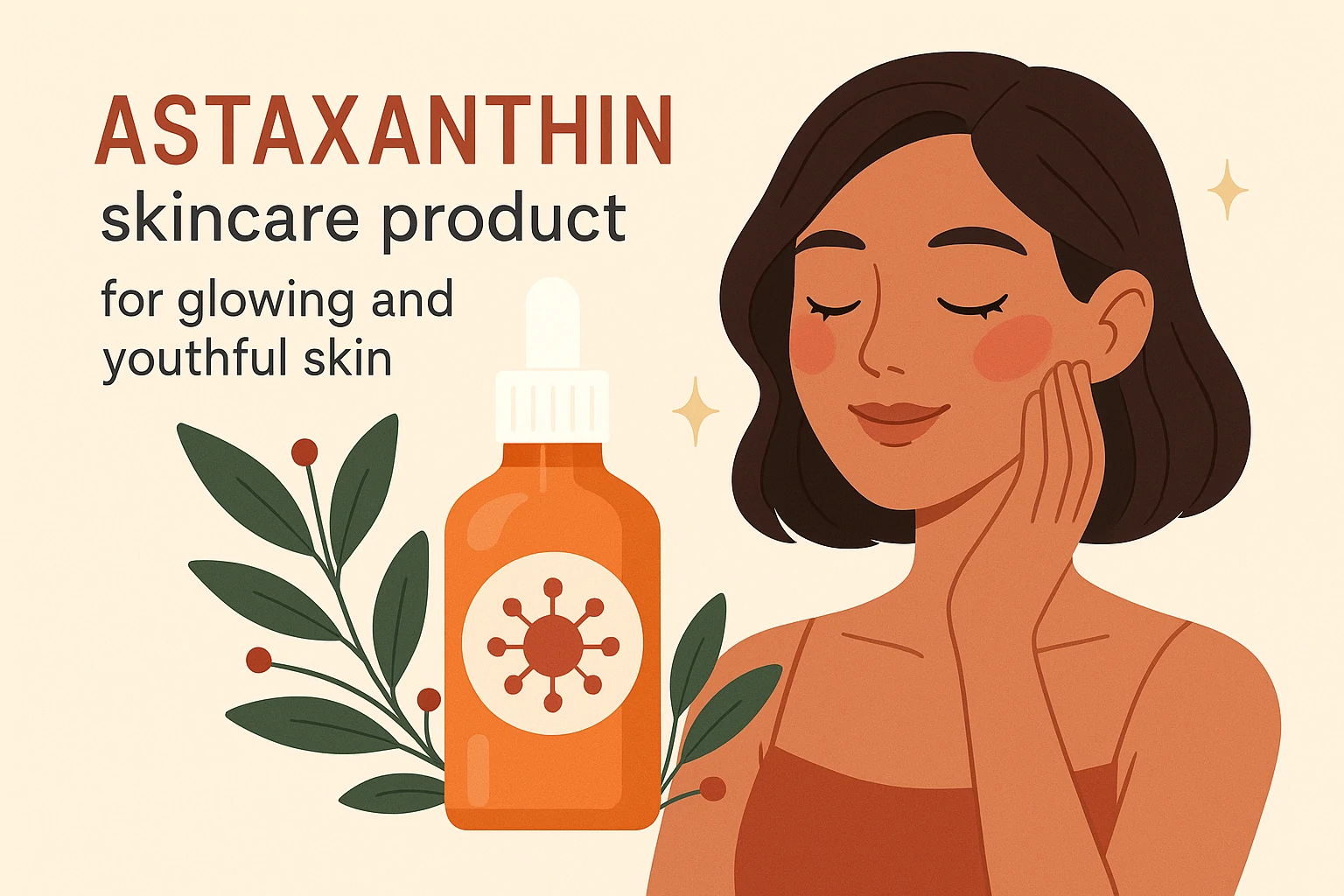

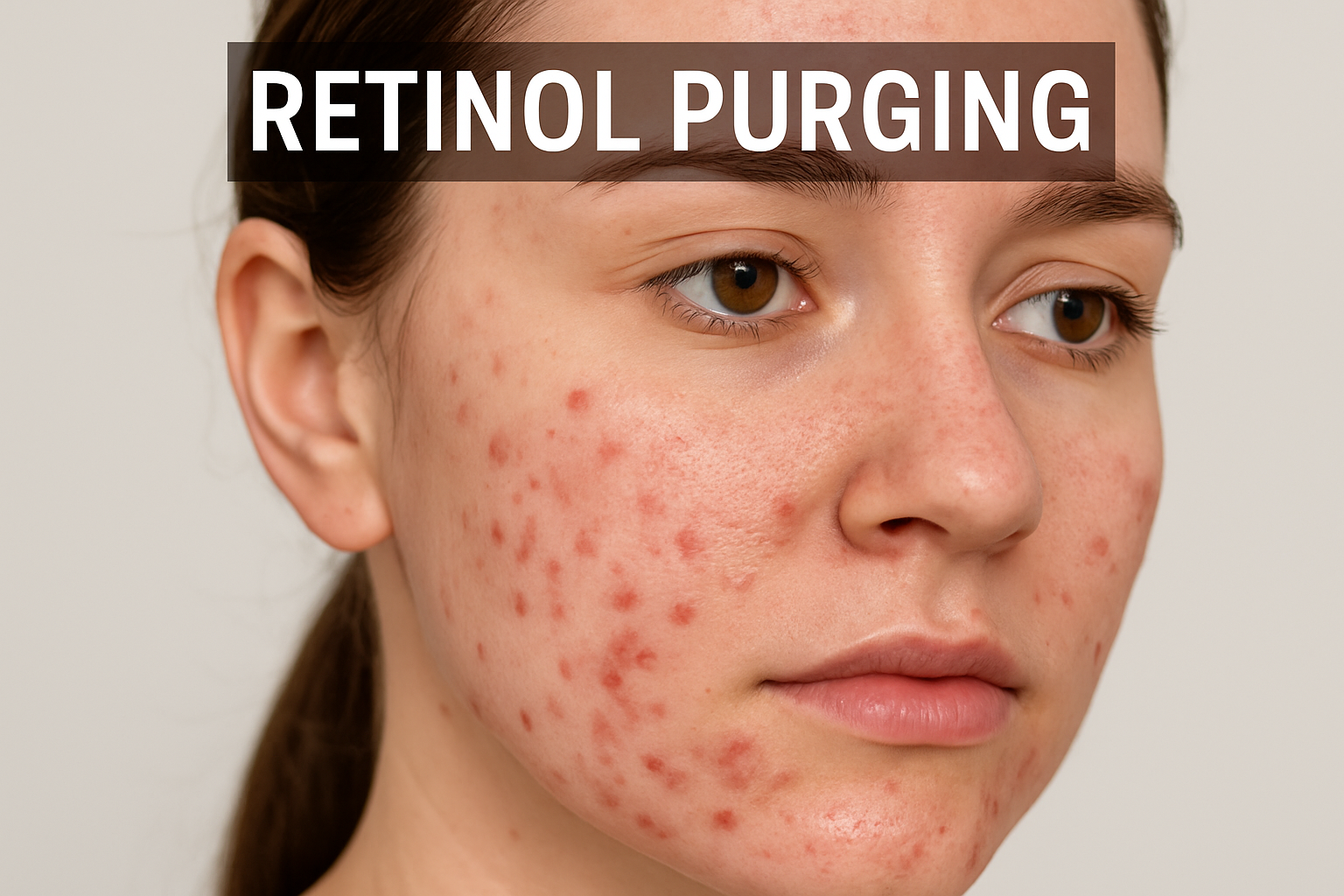
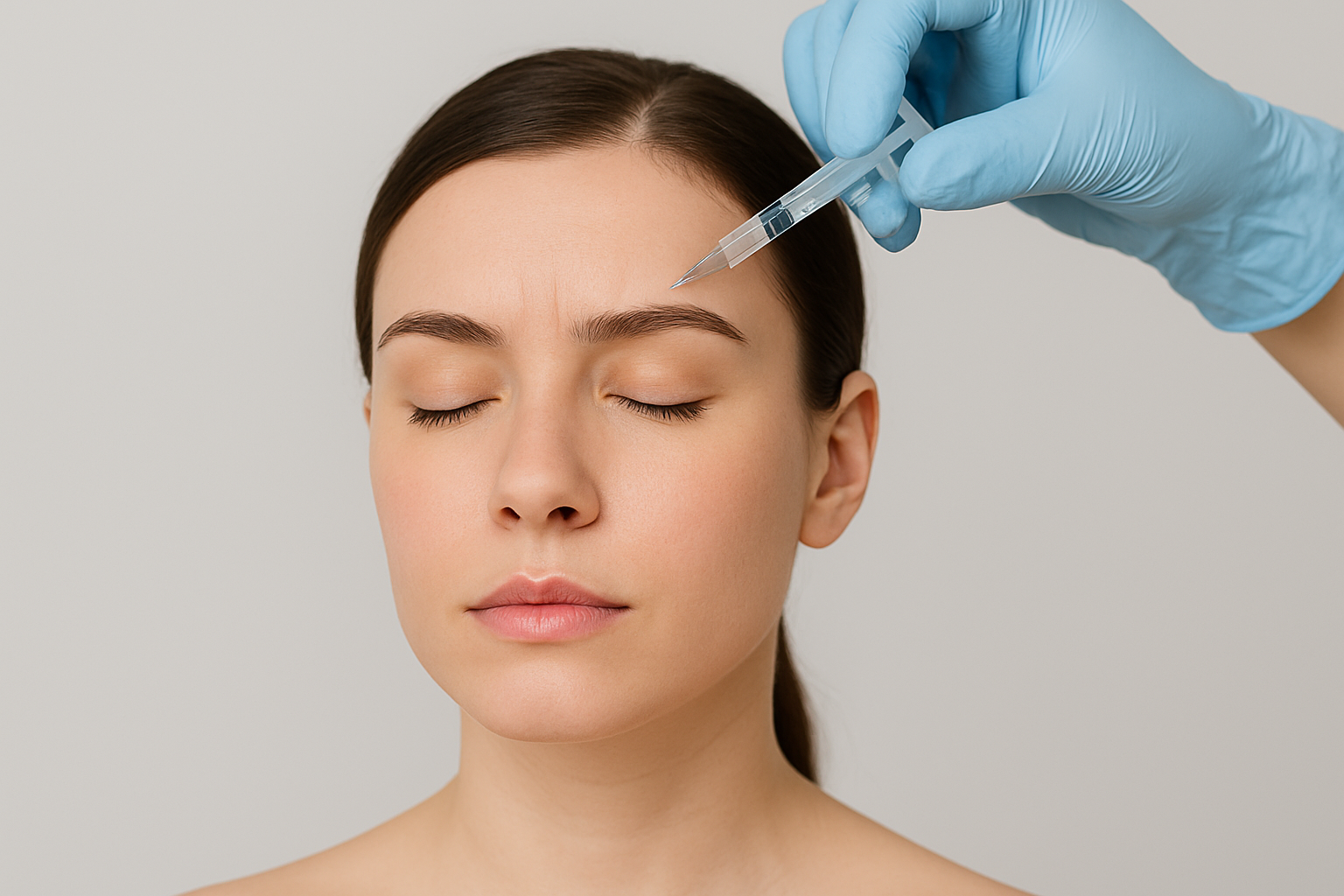
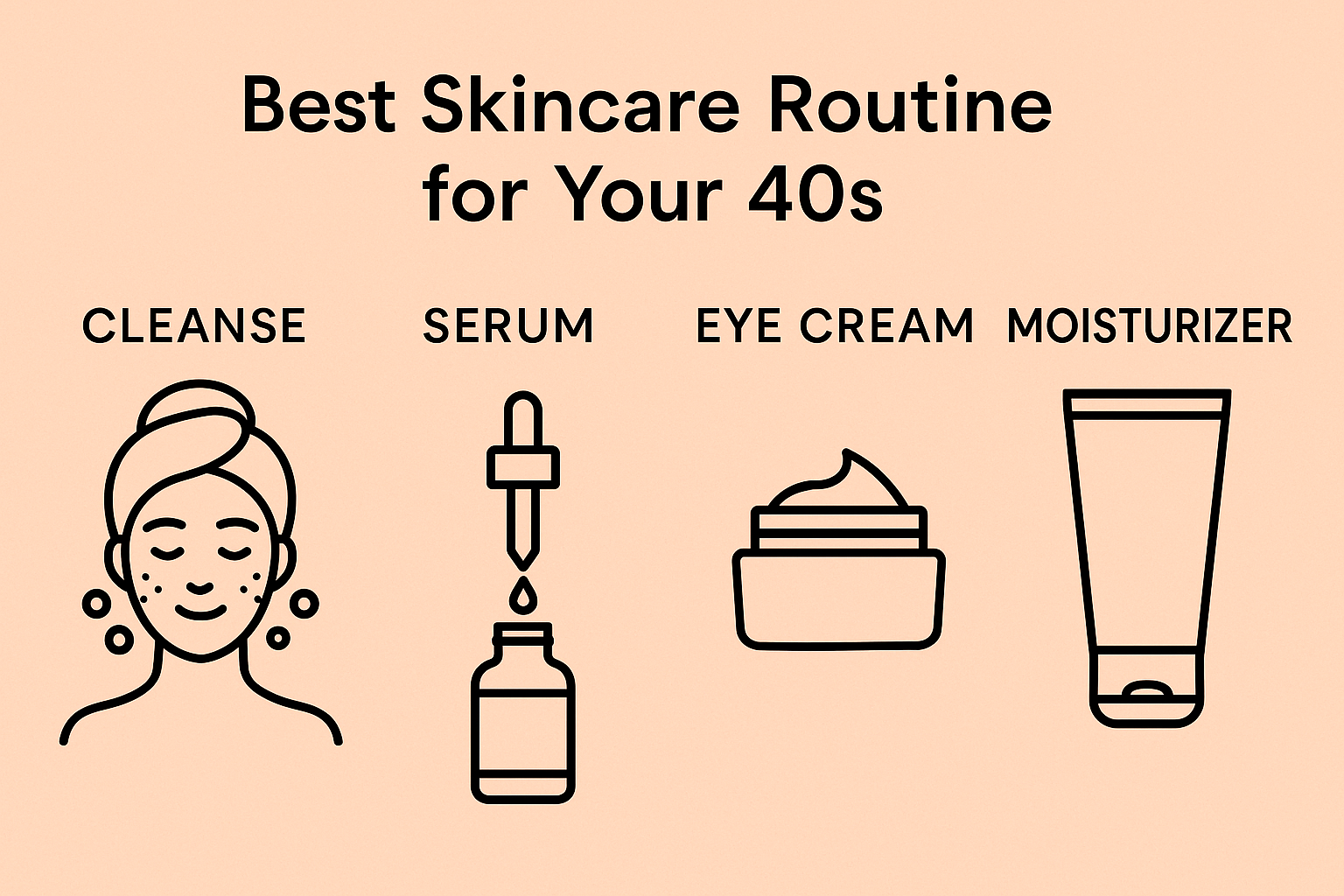
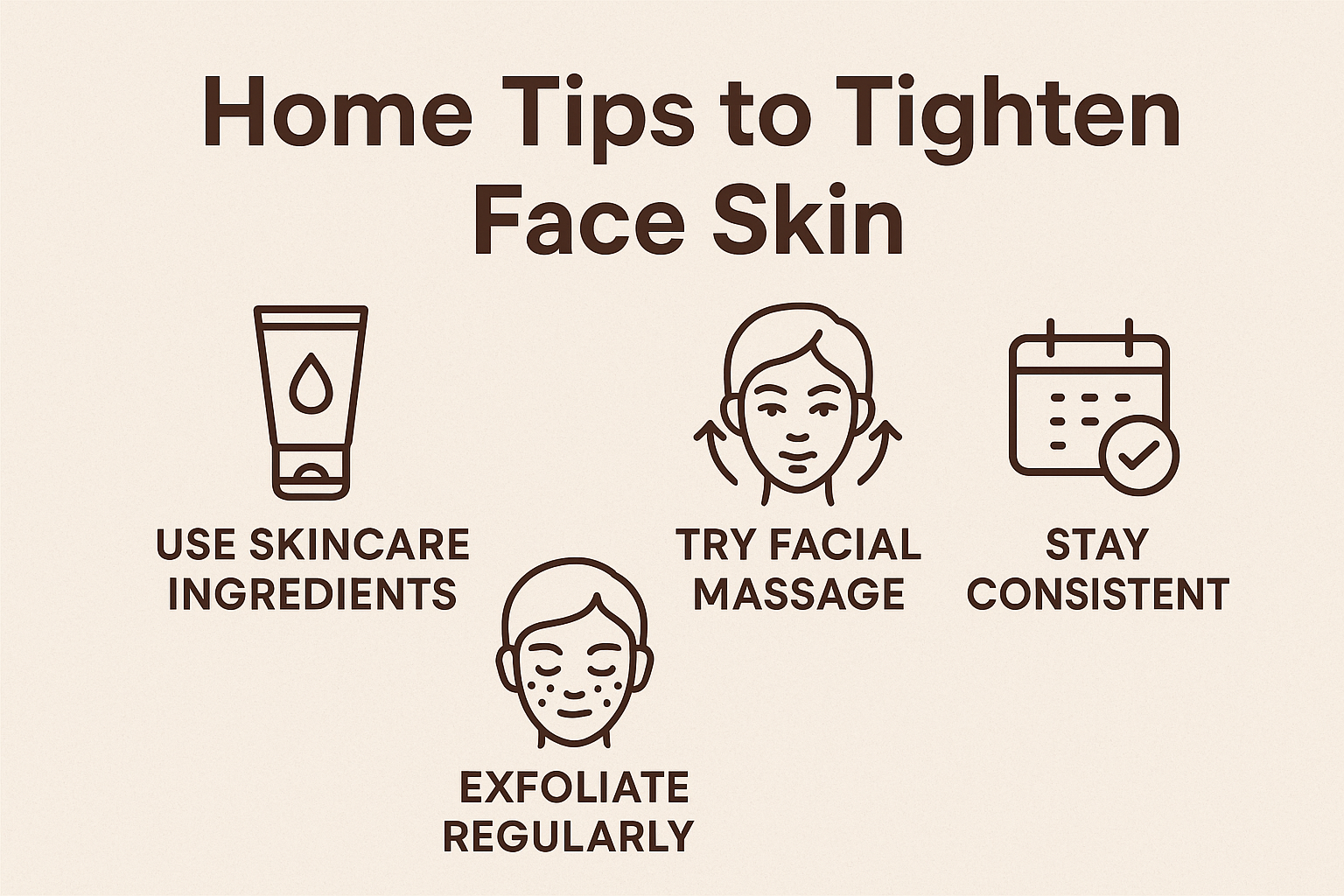
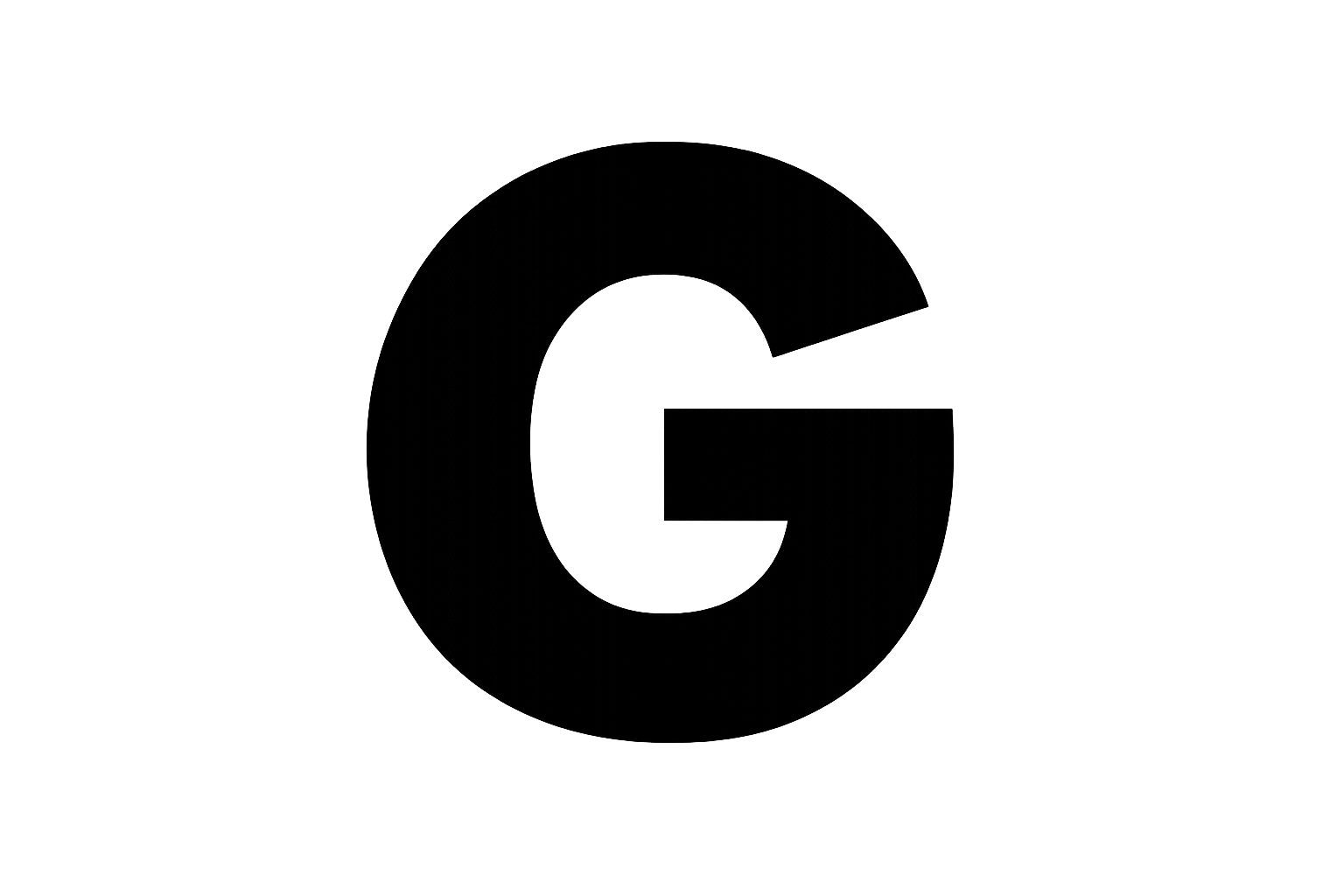 Acne
Acne Anti-Aging
Anti-Aging Business
Business Digital Marketing
Digital Marketing Economics
Economics Movies
Movies Personal Finance
Personal Finance Websites
Websites
